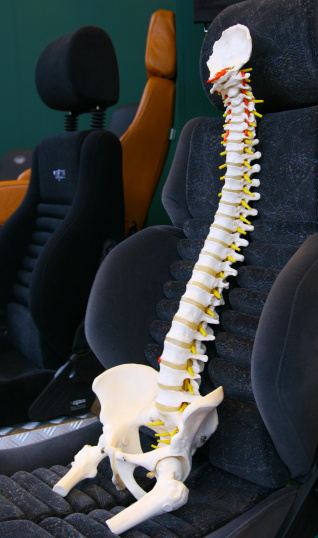 Spring break is finally here, and students everywhere are in the home stretch of this semester! The time has come for many students to take a much needed week away from school. It’s a time for fun, relaxation, and a chance to recoup from late night study sessions and homework. As you begin planning for your spring break, keep in mind that it’s easy for your reputation to be tainted in a short amount of time if you’re not careful. Here is some trustworthy advice to remember before you start your spring break shenanigans.
Spring break is finally here, and students everywhere are in the home stretch of this semester! The time has come for many students to take a much needed week away from school. It’s a time for fun, relaxation, and a chance to recoup from late night study sessions and homework. As you begin planning for your spring break, keep in mind that it’s easy for your reputation to be tainted in a short amount of time if you’re not careful. Here is some trustworthy advice to remember before you start your spring break shenanigans.
Protect Your Online Reputation
How can you protect your online reputation? By keeping your social media profiles private and being aware of what others post to them can help guard your reputation. When you and your friends get together there will probably be some pictures taken, and with the accessibility of Facebook, Instagram, and Twitter, you could find pictures posted you wish had never been taken. Your friends could also include you in posts or status updates, so it’s important to have strict privacy settings on your social media networks before Spring Break begins. According to a study by CareerBuilder, two in five employers use social media to screen candidates. So you never know when a prospective employer is searching for you. If they happen to find an inappropriate picture or see something that they don’t like it can impact your job search.
Spring Break Precautions
Most students don’t plan on getting into trouble on Spring Break. Of course you want to have a good time, but if you’re not careful you could find yourself tangled with the law, or worse. While a “YOLO” attitude may serve you well in the moment, take a pause to consider future implications of snap decisions.
Take Advantage of Spring Break
Spring Break is a great time to jumpstart your career. You may not be able to get a job or intern at a company in a short week’s time, but there is another alternative – job shadowing. Shadowing someone for a few days will provide you with great insight into the everyday aspects of a job. Ask your friends and family if you could tag along and learn what a day in their life at work is like. Instead of going on a trip or just staying at home, get out and learn more about the career you want to have.
Finding a job is a full-time job in itself, so get a jumpstart on your future this Spring Break! How are you planning to get started on your job search, or are you already in the process? Let us know in the comments section below.





 There’s still a large debate in the workforce about
There’s still a large debate in the workforce about